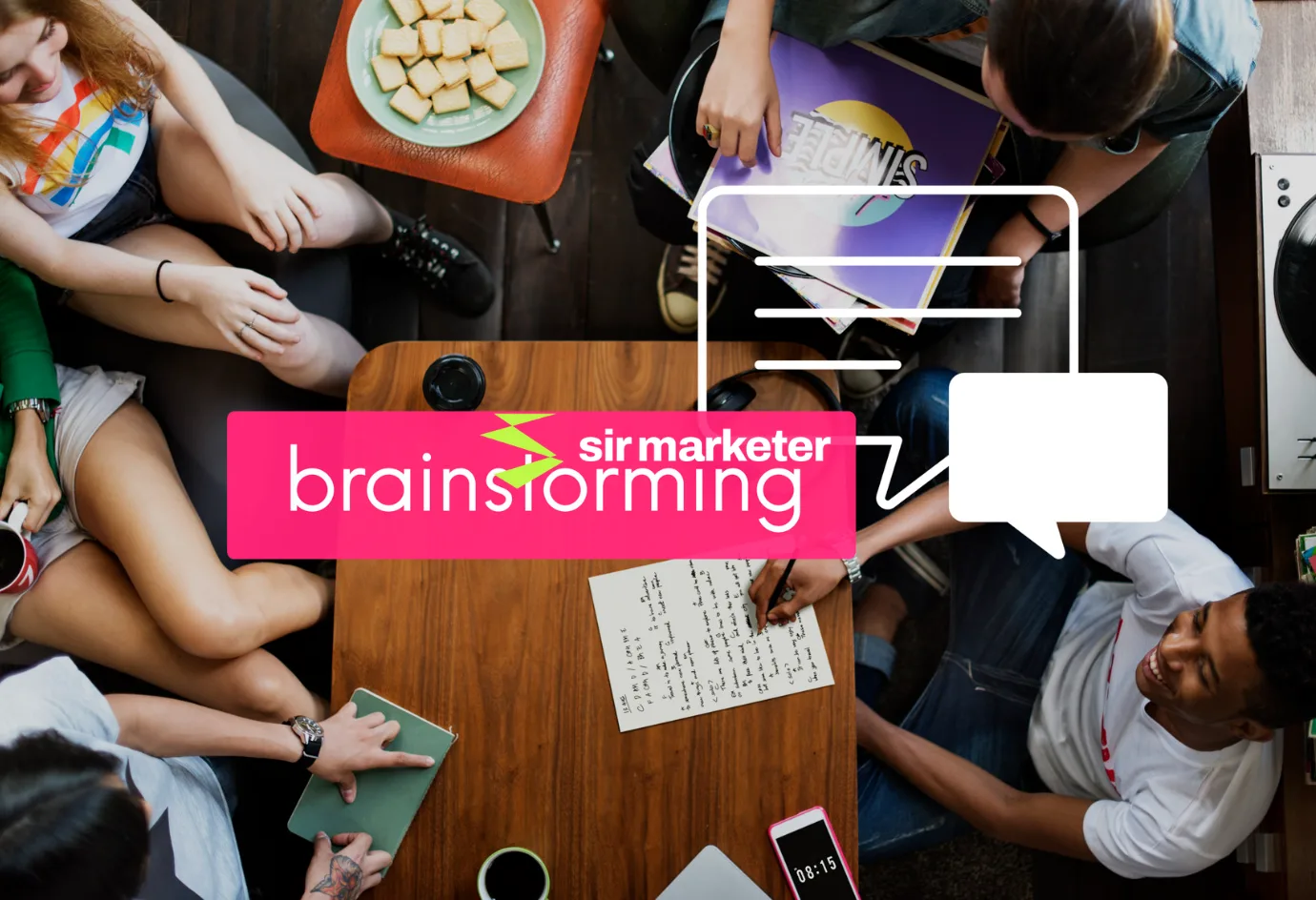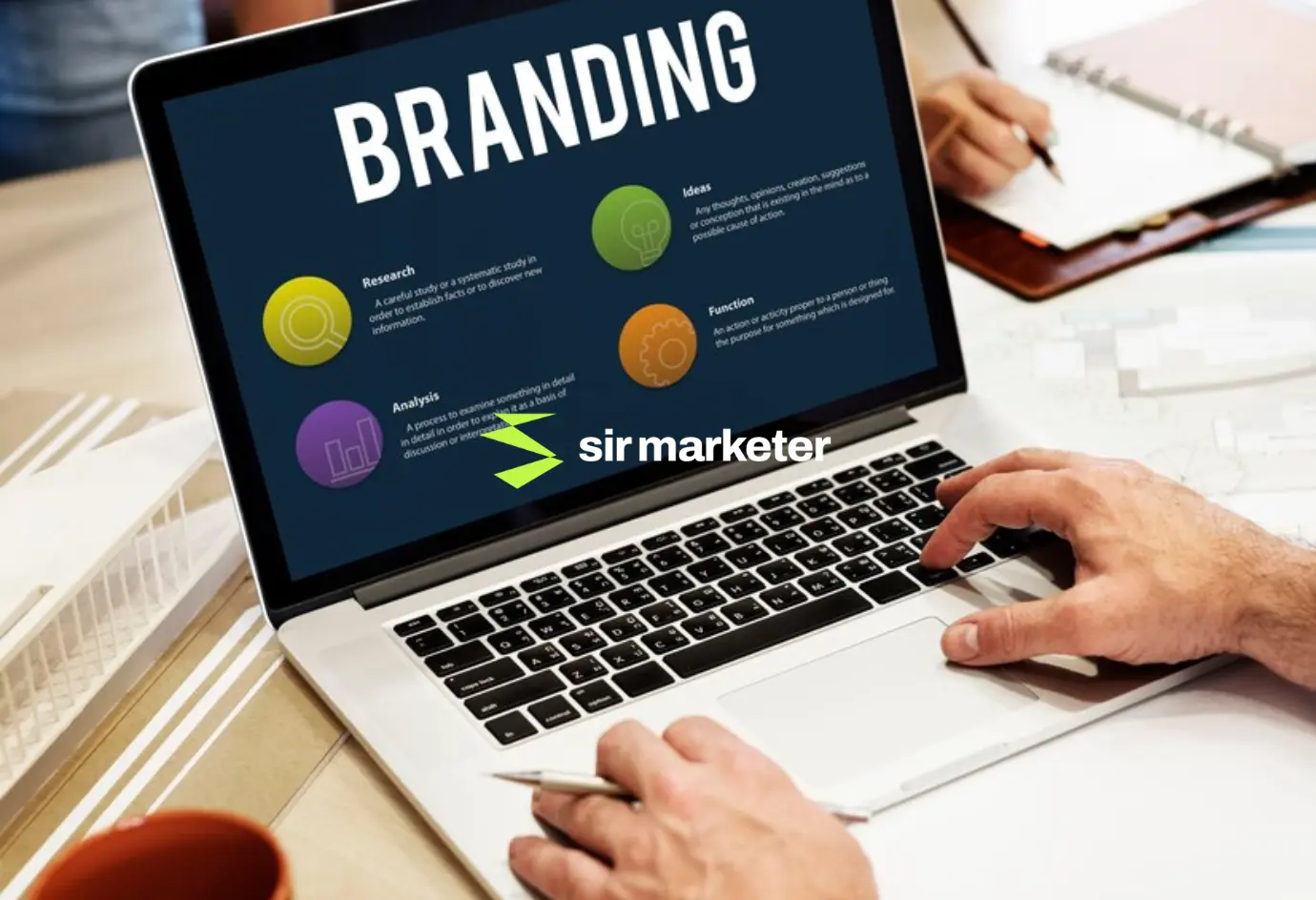

You’ve got the traffic.
You’ve got the design.
But… no one’s buying, booking, or signing up.
That’s because traffic alone doesn’t pay the bills. Conversion does. And your secret weapon for unlocking revenue?
The humble yet mighty Call to Action (CTA).
In 2025, with attention spans shorter and competition fiercer, your CTAs can no longer be an afterthought. They must be smart, strategic, and psychologically persuasive.
This blog dives deep into how smart CTAs turn casual visitors into loyal customers—and how your business can use them to generate more leads, more revenue, and more results.

“A good CTA doesn’t just ask—it answers the user’s need to take the next step.”
— Sir Marketer, Digital Dream Team

A Call to Action (CTA) is a prompt that tells users what to do next.

But smart CTAs do more than instruct—they influence.
They’re personalized, timed, designed, and written to maximize conversions at every step of the customer journey.

CTAs are your conversion triggers. Every high-performing website or landing page has at least one.
A). Without a CTA:
Visitors bounce
Leads never submit
Users scroll aimlessly
B). With a Smart CTA:
Visitors know what to do next
Leads get captured
Sales funnel begins
Small tweaks in CTA design or copy can increase conversions by up to 202% (WordStream).

Your CTA must speak to the user’s brain and emotions.
Here’s what makes a CTA psychologically persuasive:
A). Clarity
Users shouldn’t have to guess. “Start Your Free Trial” is better than “Click Here.”
B). Urgency
FOMO works. Add urgency with:
“Now”
“Limited”
“Today only”
Countdown timers
C). Value
Emphasize benefit, not action.
“Download My Free SEO Checklist”
“Submit Form”
D). Trust
CTAs like “No Credit Card Required” or “100% Privacy Guaranteed” reduce friction.
E). Emotion
Use emotionally charged verbs:
Unlock
Discover
Transform
Dominate
Boost

Type | Purpose | Best Placement |
|---|---|---|
Lead Gen CTAs | Capture email or contact info | Blog, sidebar, pop-up |
Sales CTAs | Drive purchases or bookings | Product pages, pricing, exit pop-ups |
Content CTAs | Guide to related blog/resource | End of blog, inline links |
Social Sharing CTAs | Expand reach | After content or videos |
Exit-Intent CTAs | Recover abandoning visitors | Exit pop-up with offer |
Scroll CTAs | Triggered on page scroll | Sticky bars or mobile footers |

A). Use Active Verbs:
Get, Start, Claim, Reserve, Schedule, Grab, Join, Learn
B). Add Numbers:
“Download Your 15-Point Checklist”
“Book a Free 30-Minute Call”
C). Include “You” or “My”:
“Start Your Trial” vs. “Start Trial”
“Send My Proposal”
D). Use Frictionless Phrases:
“No commitment required”
“Takes just 2 minutes”

A). Button Color:
Use #BFF747 for primary CTAs. It draws the eye and stands out on a dark background.
B). Contrast:
Ensure text is dark on light buttons, and light on dark buttons.
C). Size & Shape:
Make buttons big enough for mobile taps (44px height min)
Use rounded corners for a modern feel
D). Placement:
Top (hero section)
Middle (after key benefits)
Bottom (final CTA)
Sticky CTA on mobile screens

A). Home Page
Primary CTA in hero section: “Book Your Free Strategy Call”
B). Blog Posts
Mid-content offer: “Download SEO Checklist”
Bottom CTA: “Talk to Our Experts Today”
C). Service Pages
CTA after benefits: “Get a Custom Quote”
D). Contact Page
CTA: “Schedule a Call Now”
E). Exit Popups
CTA: “Wait! Claim 10% Off Your First Service”

Client: SaaS Startup
Problem: Website had traffic but low signups
CTA Strategy:
38% increase in demo requests
2x higher conversion from homepage traffic
Reduced bounce rate by 26%
Lesson: A good CTA doesn’t ask—it compels.

Google Optimize
Unbounce
Hotjar
Optimizely
Track:
Click-through rates
Form submissions
Revenue per visit

Industry | CTA Examples |
|---|---|
E-commerce | “Add to Cart Now”, “See It in Your Room” |
SaaS | “Start 14-Day Free Trial”, “See How It Works” |
Agencies | “Get a Proposal”, “Schedule a Strategy Call” |
Healthcare | “Book a Consultation”, “Check Availability” |
Education | “Start Learning Today”, “Download Course Guide” |
Pro Tip: Align CTA with user intent at that stage of the funnel.

CTAs are small—but mighty.
They can make or break your conversion strategy.
By applying copy psychology, UX principles, and brand-specific design, you can guide users effortlessly from curious visitor to paying customer.
At Sir Marketer, we specialize in building websites and funnels where every CTA is intentional, tested, and optimized for maximum ROI.
Our team will answer all your questions. we ensure a quick response.